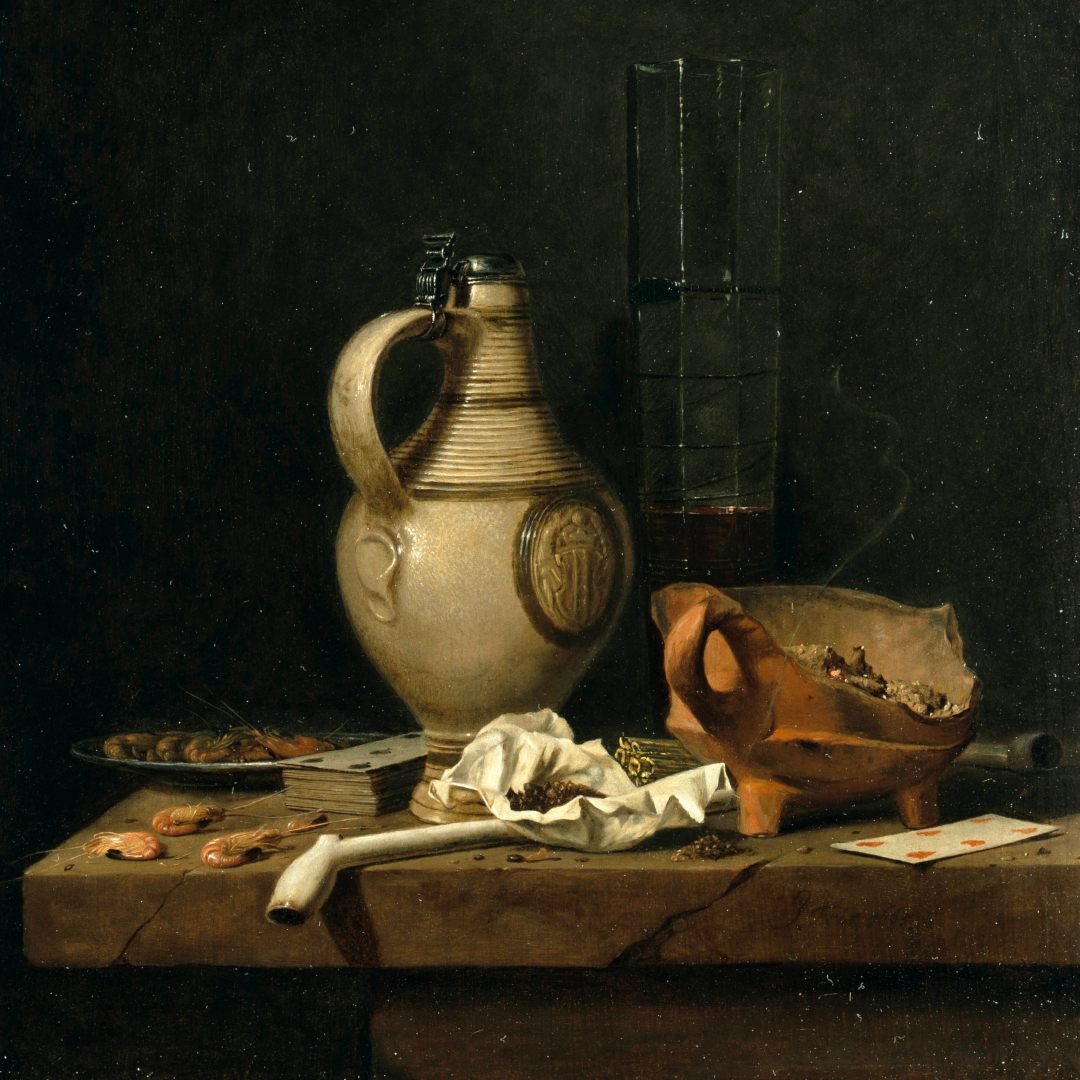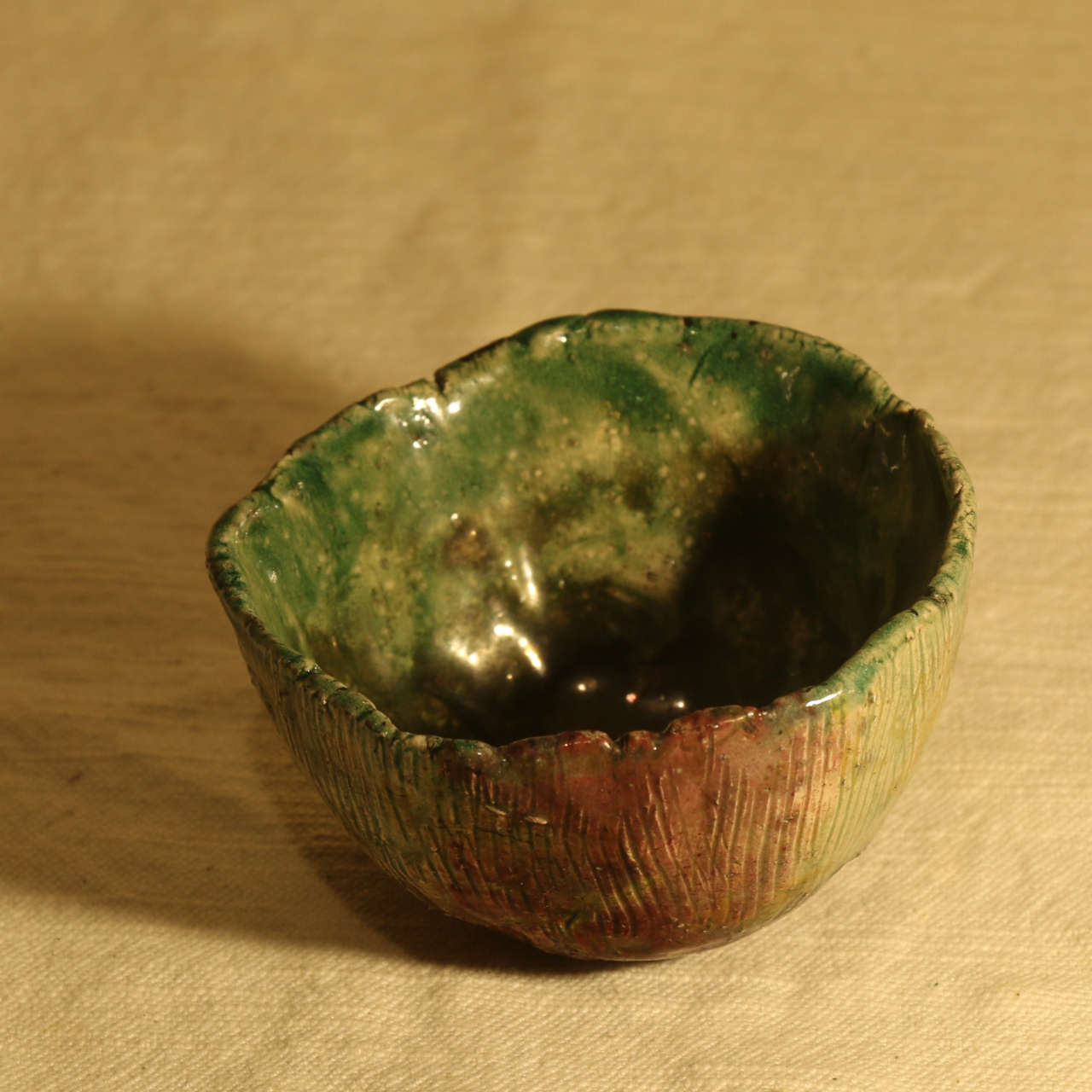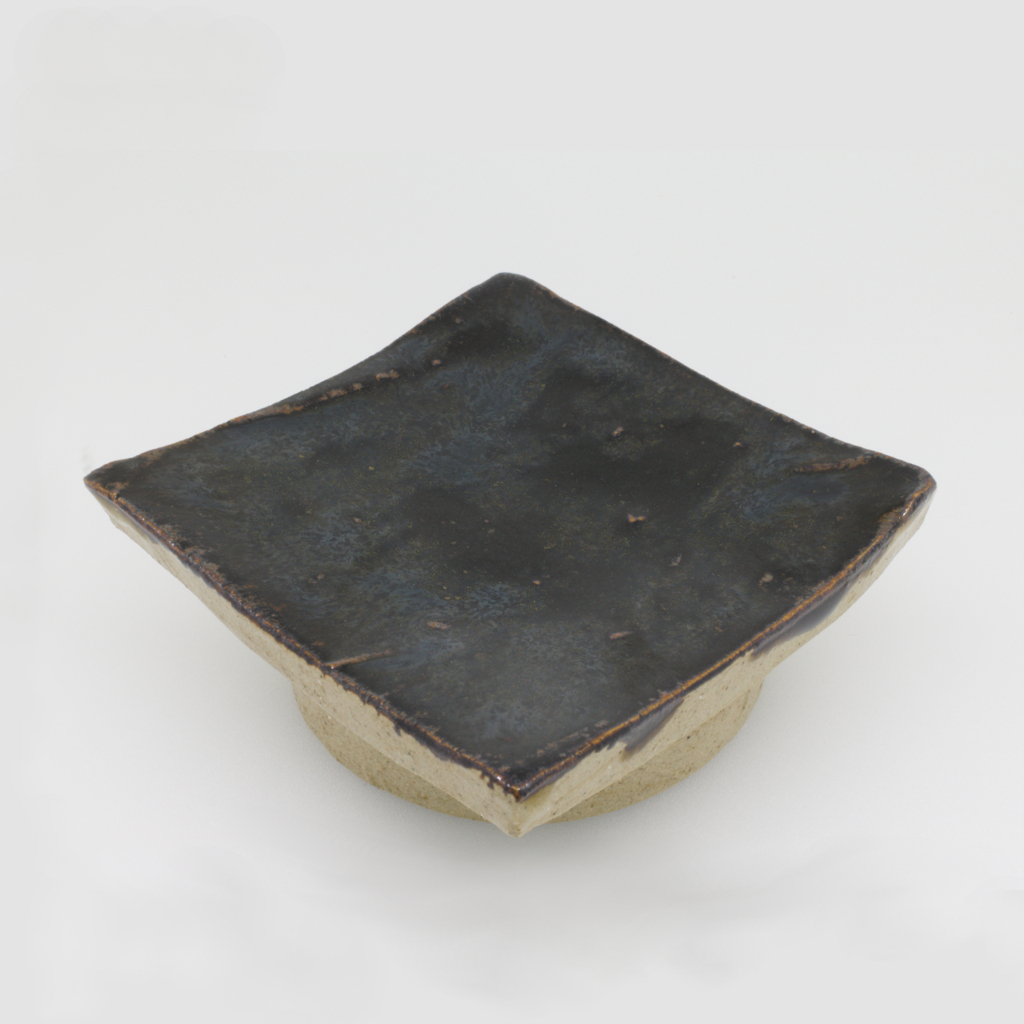Whilst people pay attention to whether or not a glaze may leach something in potentially toxic quantities, very few potters pay attention to what we could call the environment of the glaze, even though this has a huge affect on the amount of material leached from the glaze that may be ingested. There a number of factors to consider:
Contact area: if the piece is just a little 5cm (2″) dish for condiments, the area of glaze in contact with the food is very small, so the amount that is able to leach out is also very small
Contact time: If the food is plated up just before it is eaten, then the time for anything to leach out will be much less than for a preserving jar, which may hold food for months. As an initial approximation, the amount leached is proportional to the contact time, though it does slowly slow down with time.
Temperature. As a rule of thumb, a 10C change in temperature will double (or halve) the rate of leaching, and hardly any leaching occurs from things that have been chilled. On the other hand, ovenware and cookware will obviously leach a fair amount. Plates and bowls are less of an issue, as food is generally considerably cooler when served up than the cooking temperature.
Acidity is the big issue. The effect on leaching isn’t linear, but, roughly speaking, anything more acidic than a pH of 4 will make the ware much more prone to leaching. This includes soft drinks, wine, most fruit and fruit products, jam, honey, pickles and vinegar.
Obviously you can’t control what the customer will do with the pots you make, but things like jugs/pitchers, sauerkraut pots and ovenware are more likely to be problematic than plates or condiment dishes, and so deserve more attention on the glazes that you use.
In this painting by Jan Frans, the jug is obvioulsy the one to be cautious about, particularly if filled with wine rather than beer. But it is stoneware, probably salt glazed, and unlikely to have a low fired lead glaze, so we don’t need to worry too much.







Responses